by GaryG
Once upon a time, in a small watch shop in a (relatively) small California town, there was a watch display case.
This was before I really knew much at all about Vacheron Constantin as a brand and company.
This was long before I met Vacheron Constantin design director Christian Selmoni, or even imagined being seated next to him (or anyone else for that matter) at dinner in the brand’s “maison” in Geneva.
This was when community manager Alex Ghotbi was still known primarily as the first poster to The PuristS and before I read the books and scoured the catalogs and devoured the websites.
There was a display case. And a watch: the Vacheron Constantin Malte Squelette.
Why I bought it
There are some watches in your life (well my life, at least) that you see and just know you love.
For me, perhaps the prime example is Kari Voutilainen’s Observatoire: the first time I saw a photo of it, I knew I had to have one.
It can, of course, be difficult to discern the difference between love and infatuation, so as a general rule I tend to let these things soak for a while before plunking down my cash.
So it was with the Malte Squelette: I don’t know how many times I had this watch out of the case and on my wrist before buying it, but it was more than a few. Money was a little tight, and even at the time I didn’t expect that this watch would be any sort of daily wearer. But, ultimately, love won out and the watch came home.
In my friend Terry’s collecting taxonomy (described in more detail in Why I Bought It: Vianney Halter Deep Space Tourbillon), I’d have to classify this purchase at the time that it was made as a “fun” acquisition; and relative to my financial resources at the time, a darned expensive bit of fun, at that!
As a refresher, “fun” watches are the ones that you buy without a deep expectation that they will hold value over time but acquire just for the sheer enjoyment of wearing them.
At the point in my collecting journey at which I bought the Malte Squelette, pretty much every acquisition was an indulgence; I was buying what I liked, and treating the purchases as out-of-pocket expenditures.
One result: over time, I’ve sold off the majority of the watches that I bought in those days. Clearly, not all of them met the test of enduring love, and in other cases I made some tough calls in order to consolidate several less expensive watches in favor of a single more expensive new one.
Through all of that churn, the Malte Squelette has remained with me.
Why I love it
Where to begin? Perhaps a bit surprisingly, given the artistic merits of this watch, for me it is with the movement itself: the famous Vacheron Constantin Caliber 1120.
This movement, developed by Jaeger-LeCoultre as Caliber 920, is also used by Audemars Piguet under the designation Caliber 2120 as the base movement for a broad range of complicated watches including the Jules Audemars Equation of Time.
It was also used by Patek Philippe as Caliber 28-255 for several years in the Nautilus, making this movement the only one ever used by all of the so-called big three Swiss brands.
Despite its origins, however, Jaeger-LeCoultre never used Caliber 920 in a watch of its own.
It is quite robust and at 2.45 mm in thickness also very thin for a self-winding movement. These attributes provide the watch designer with many degrees of freedom either to add complications within an acceptable watch thickness or to create simple, elegant, self-winding watches.
Of course, in this instance Vacheron Constantin has chosen the latter path; friends to whom I show the Malte are often quite surprised to learn that it is self-winding.
For the Malte Squelette, Vacheron Constantin uses a variant of the 1120 that is labeled 1120/1. This designation means that the adjustment of timing on the balance is done with a lever called the index rather than with small weights on the balance wheel itself. You can see this lever on the balance assembly, as well as the stamped Seal of Geneva on the balance cock at the upper right corner of the photo in the image below.
One other unique feature of the 1120/2120 is that the rotor for the self-winding feature is actually built on a beryllium rail that is supported by four tiny ruby wheels as it spins around the watch. This allows a low-profile central bushing to be used, reducing movement thickness, and also makes an unmistakable sound as the rotor revolves.
See whether you can pick out the two ruby wheels and the beryllium rail behind them in the photo below.
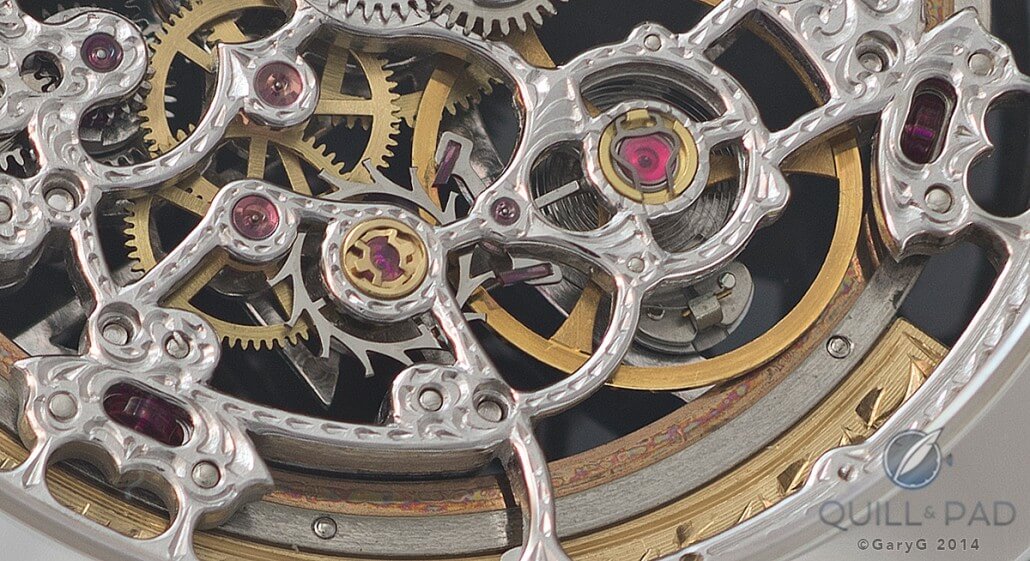
Ruby slippers: movement detail of the Vacheron Constantin Malte Squelette showing automatic winding system elements
What else? Well, there’s the beautiful skeletonization work itself; neither too much nor too little metal has been removed, in my opinion, and the beveled bridge edges and chased surfaces catch and reflect every beam of light that strikes the watch.
In more recent skeletonized watches, Vacheron Constantin has chosen to use thicker, multi-layer movements that give a sense of depth to the view. I actually like this new look quite a bit, but at heart I have a real affection for just how transparent the thinner 1120-based skeleton is: held up to a bright light, it’s like a very fine piece of lace.
And don’t forget that this is an automatic movement: we are looking through the winding rotor as well as the underlying movement itself.
What all this adds up to is an ultra-thin automatic watch that is, to my way of thinking, both completely coherent from a design perspective and totally representative of the open-working tradition that distinguishes Vacheron Constantin from other leading watch brands.
One key aspect of Vacheron Constantin brand identity, of course, and part of the name of this timepiece, is the Maltese cross. On this watch, it is in evidence everywhere, from the barrel we saw earlier to the cutout shape of the rotor. It is also suggested by the shapes of the lugs, and even the clasp on the strap is a lovely, curved half-cross.
Is it for you?
Pretty clearly, this is a special, and specialized, sort of watch. Is it right for you? You might want to consider it, or one of the newer Vacheron Constantin skeletonized dress watches, if:
* You have a love of engraved watch elements, including dials, case backs, and movements.
* You appreciate the leading role that Vacheron Constantin plays in the skeletonization realm and its consistent dedication to all of the métiers d’art in watchmaking.
* You will have the occasion to wear the watch (that’s the point, right?).
* A watch of this size and slimness suits your wrist and aesthetic tastes.
On the other hand, a Vacheron Constantin skeleton might not be your cup of tea if:
* You’ve seen skeletonized watches, tried them on your wrist and you are not quite sure what all the fuss is about.
* You suspect that when the time comes to take it out of the watch box and strap it on for an evening on the town, you’ll pause and then turn to something more sober.
* You will be buying it as a new watch at retail and you are very concerned about depreciation; the market for pre-owned openworked watches is a fairly thin one, and the used-to-new price ratio tends to reflect that.
* You prefer other watchmaking arts such as enameling or gemsetting. There is nothing wrong with that!
For more information, please visit www.vacheron-constantin.com/en/watches/malte.
Quick Facts Vacheron Constantin Malte Squelette
Case: white gold and yellow gold; 35.5 x 6 mm
Movement: automatic Caliber 1120/1, skeletonized; 19,800 vph frequency
Functions: hours, minutes
Price: original retail price (white gold) $37,500 to $42,500; recent auction prices $17,500 to $27,500
Debut: 2003
* This article was first published on November 10, 2014 at Why I Bought It: Vacheron Constantin Malte Squelette.
You may also enjoy:
A History Of Vacheron Constantin’s Overseas Line, Culminating In 2016’s Worldtimer
Why I Bought It: Vacheron Constantin Malte Squelette
Leave a Reply
Want to join the discussion?Feel free to contribute!





















































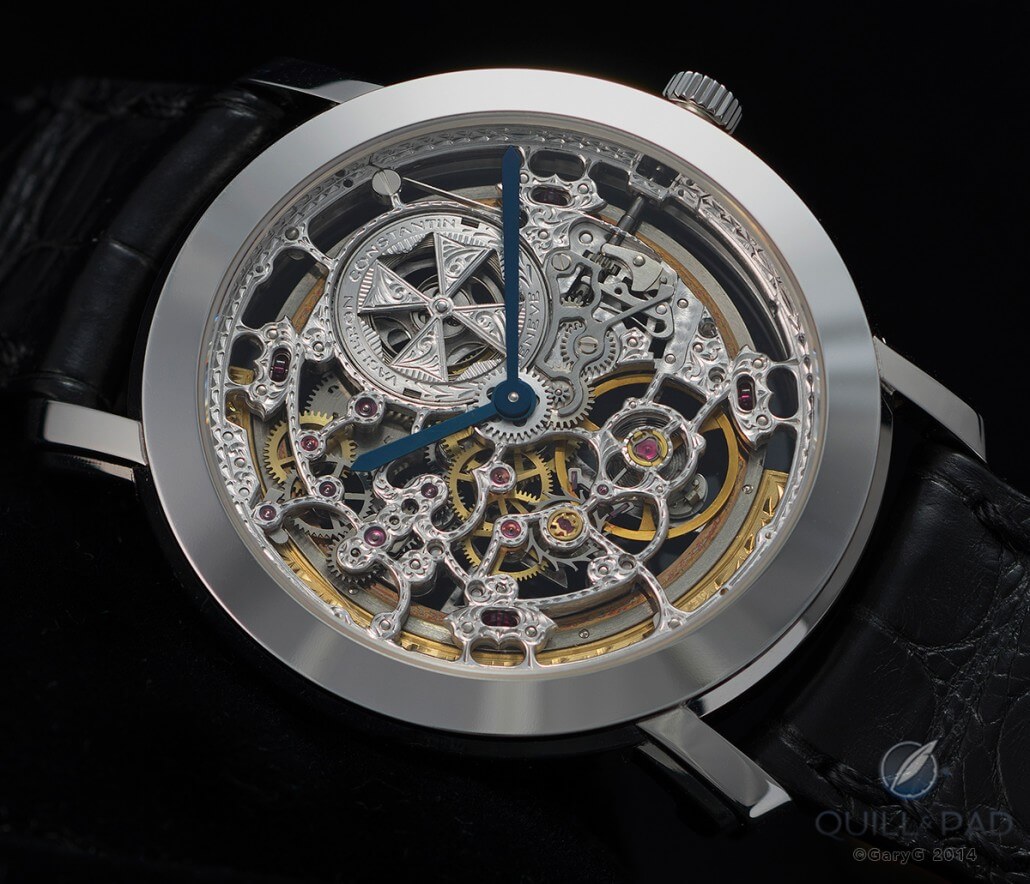
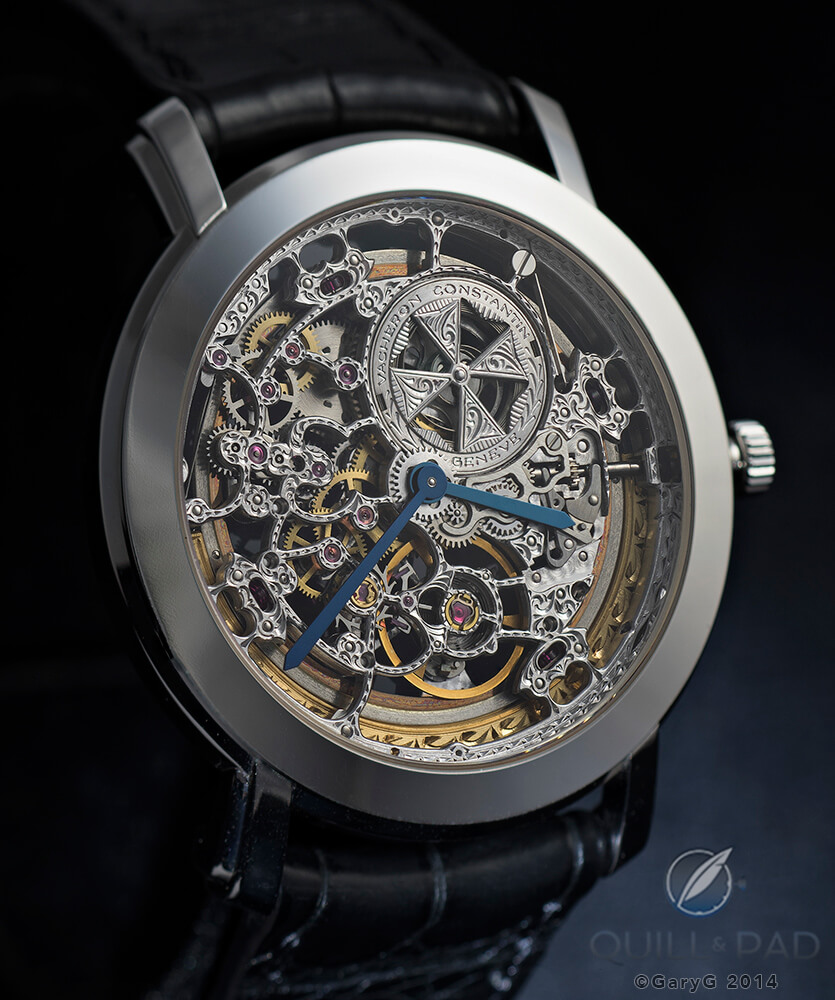
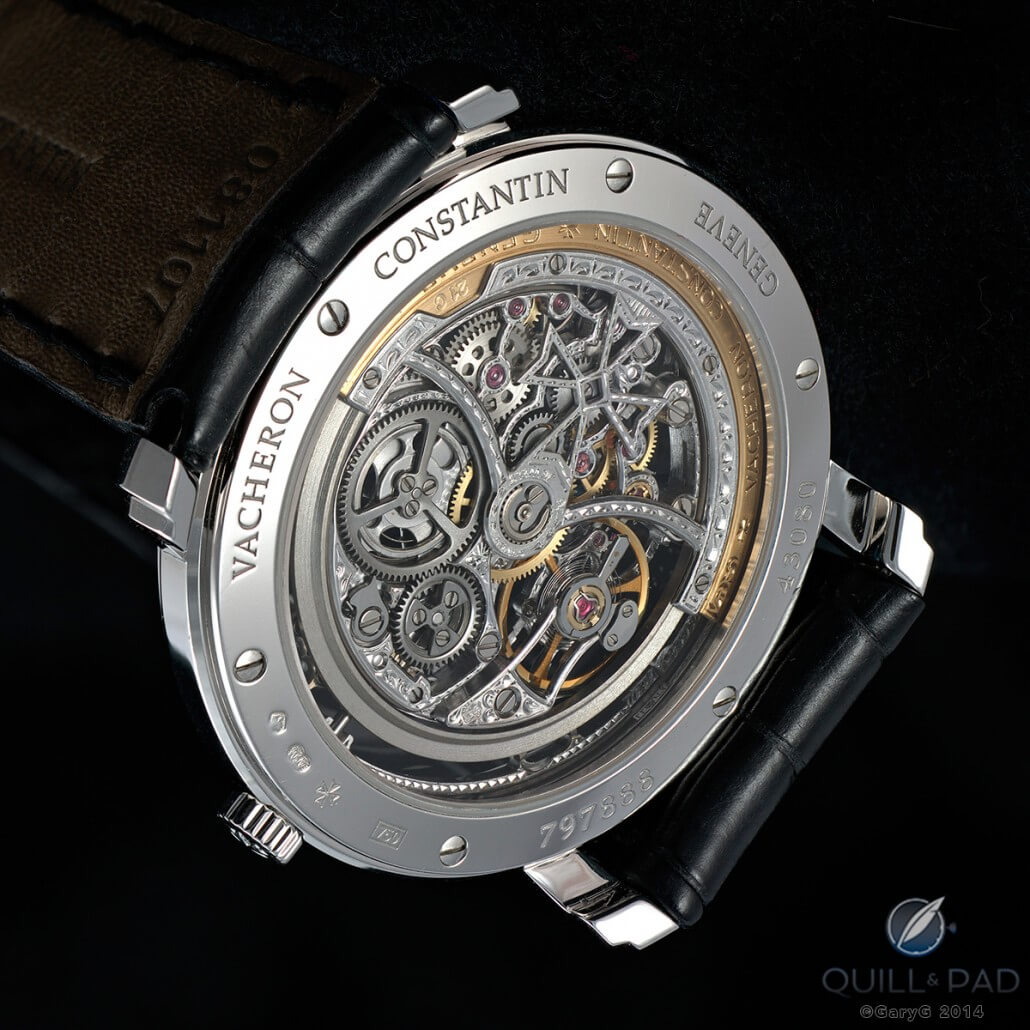
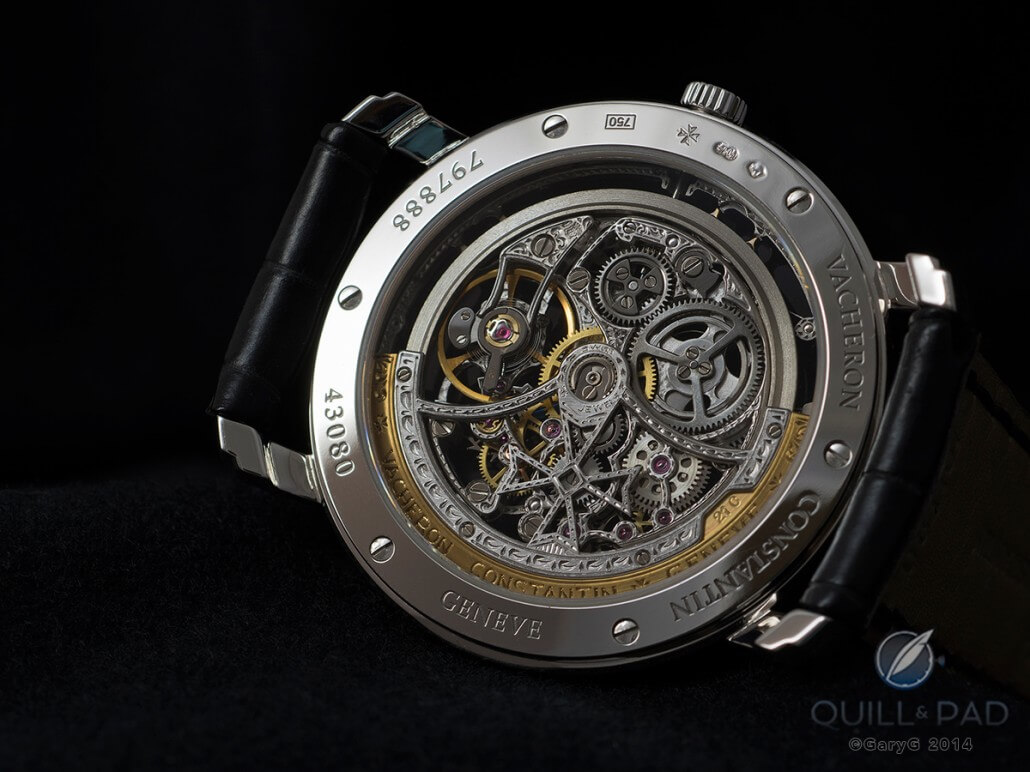
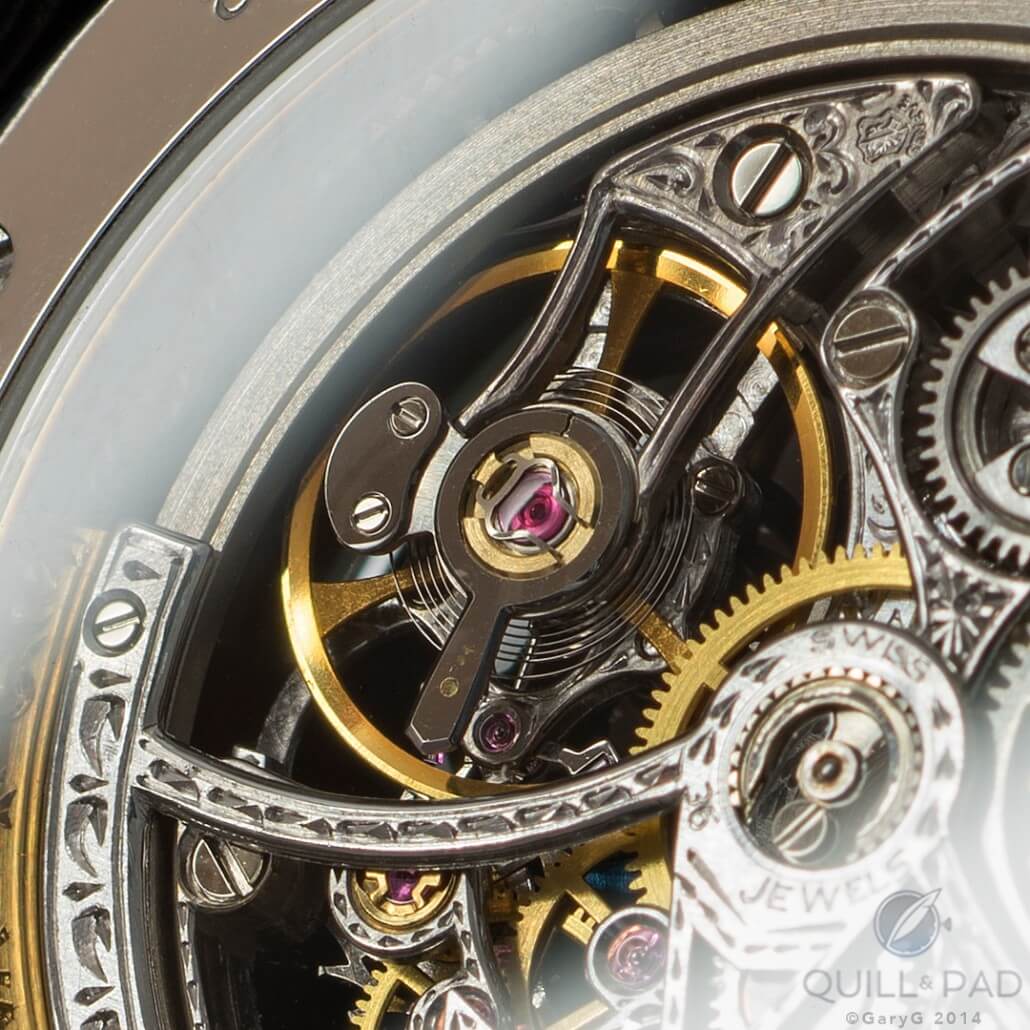
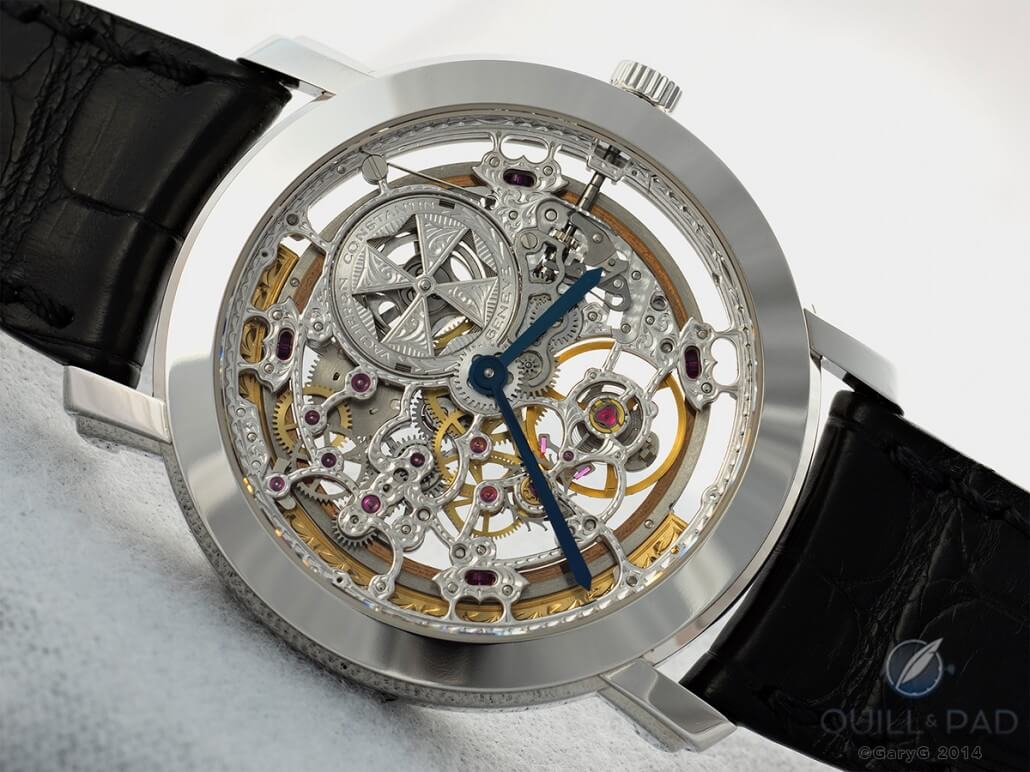
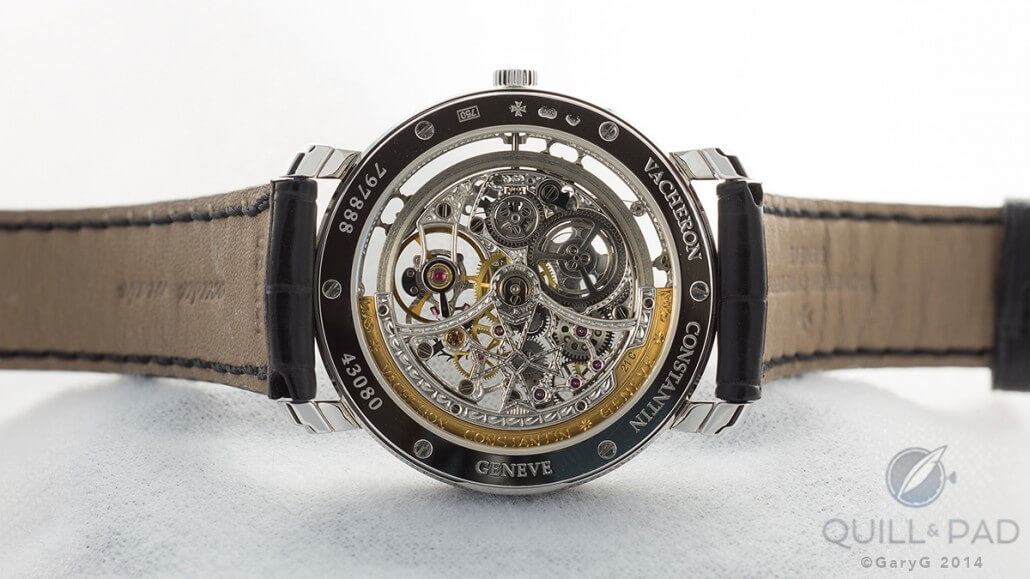
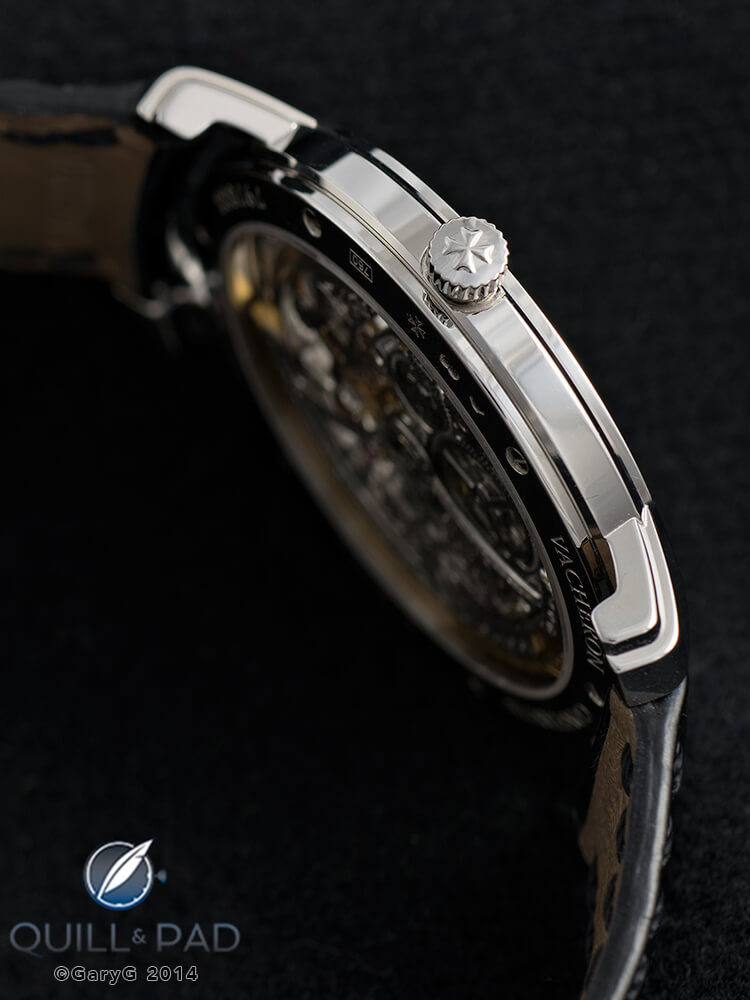
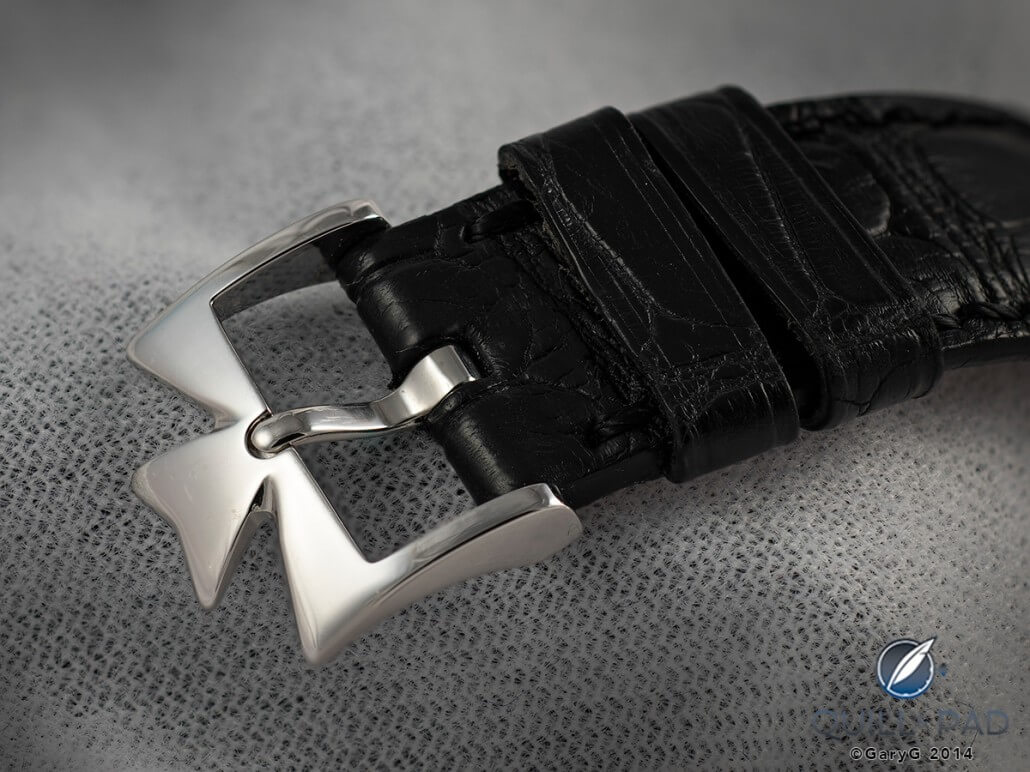
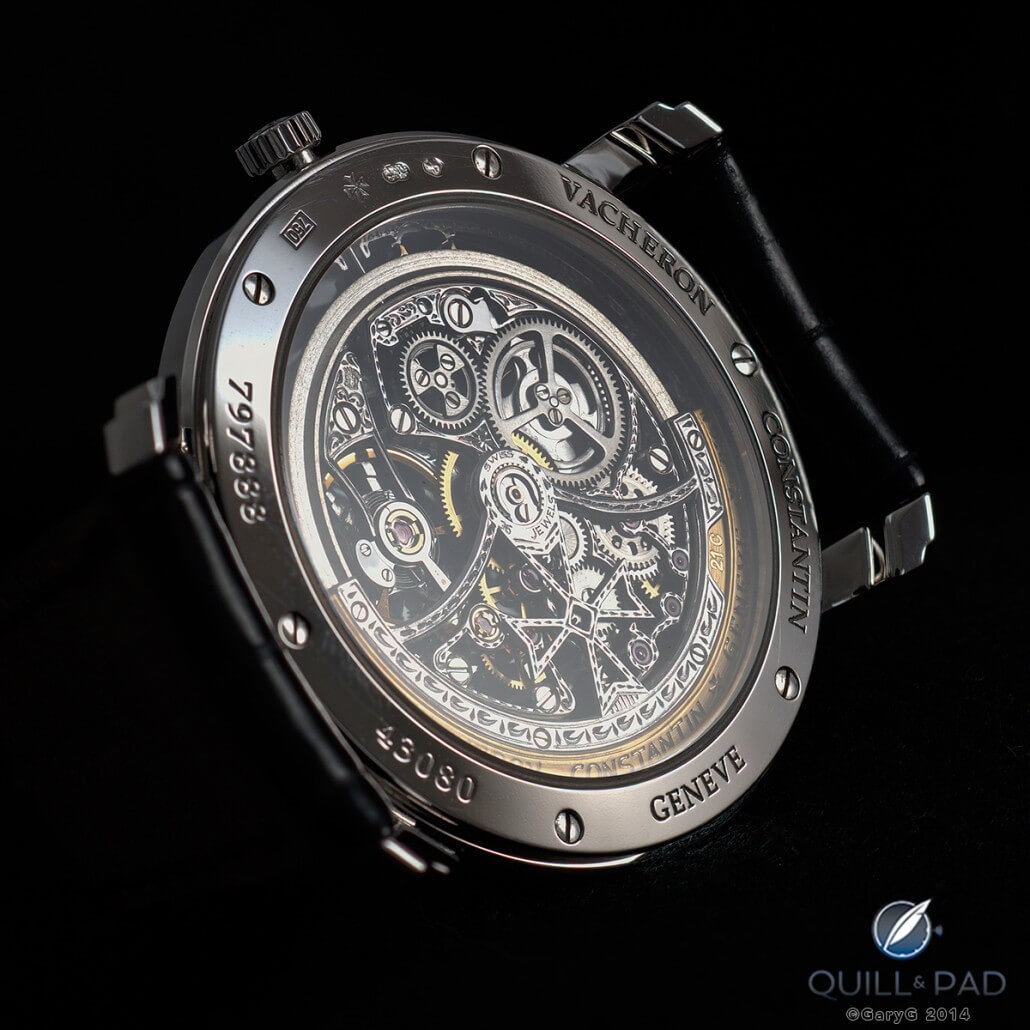
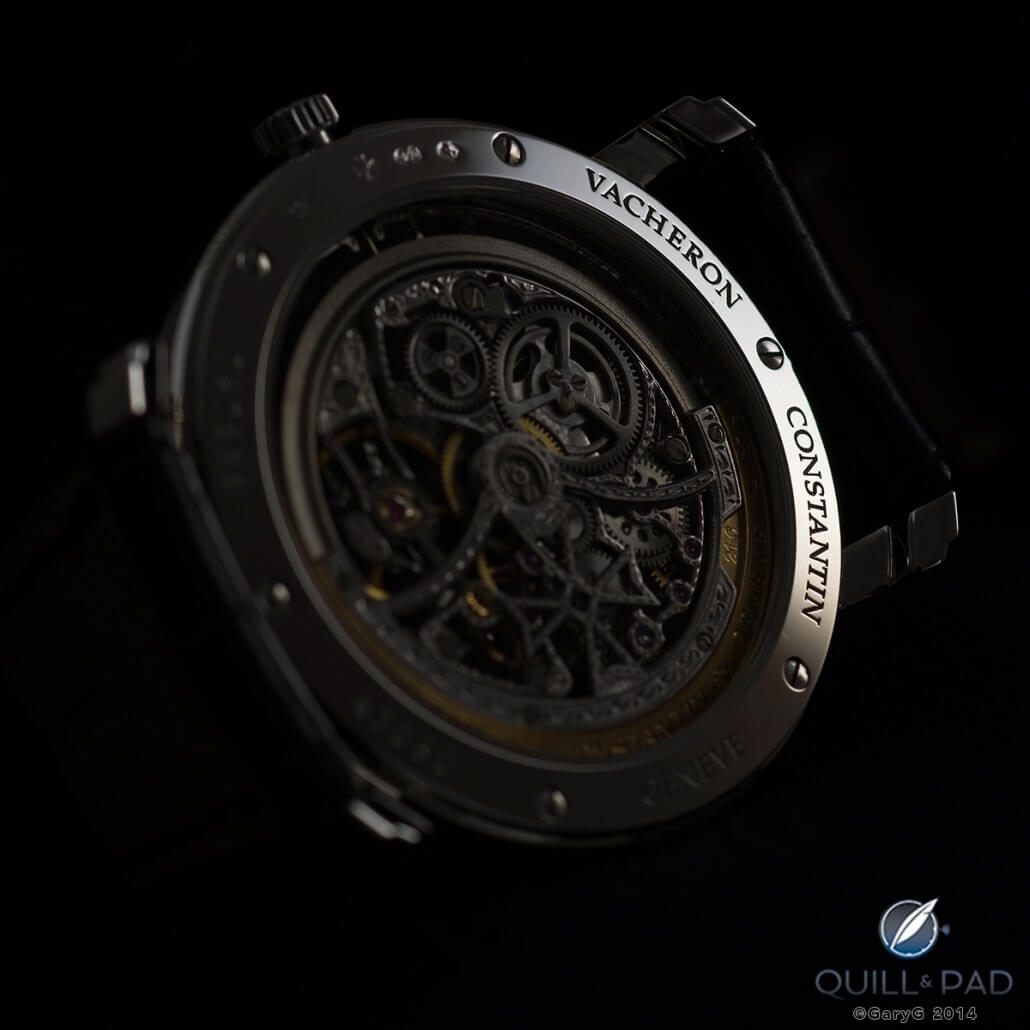
Gary this is most beautiful piece. How come you not post more photos of it?
Hi Dimitris — I’m glad you like this watch so much — I will resolve to post more photos!
Best, Gary
Still remember commercials for this money for gold co. running all the time on tv back 1975 or so in the Tidewater area, “send us your Vacheron Constantin and Patek Philippe watches and we will send you cash today ! Can you imagine how many of these watches they melted down for the precious metal content ? I mean these commercials ran all day and most of the night ! Oh by the way, these were the only watches they asked for by name, I guess they knew at that time, all of them were made of gold or platinum ?
Ouch! A shame to think of those treasures being melted down — happily many are still safe in the collections of enthusiasts around the world…
Best, Gary